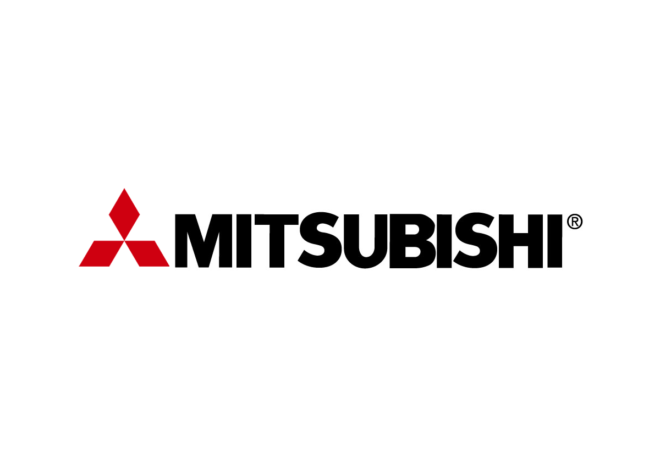
Illuminating Innovation: The Evolution and Advantages of LED Lights
In recent years, LED (Light Emitting Diode) technology has revolutionized the lighting industry, transforming the way we illuminate our homes, offices, and public spaces. This article explores the evolution of LED lights, their unique features, and the myriad advantages that have propelled them to the forefront of the lighting market.
With nearly nine years of experience in the industry, Vorlane is a market leader in LED light production and is widely regarded for its innovative design and expertise. The organization is committed to creating LED illumination solutions that effectively cater to the demands of end users.
Vorlane is led by its CEO, founder, and R&D director, Steven Liang. with a cumulative expertise of seventeen years within the LED lighting industry. At this time, he is guiding Vorlane toward significant expansion. Steven’s 2014 introduction of Vorlane was motivated by the market knowledge and LED lighting expertise he gained during his ten years as a sales manager for an LED lighting company. If you want to learn more about this site please visit on “vorlane.com”.
A Brief History of LED Lights:
LED lights have come a long way since their inception in the early 1960s. Initially, LEDs were limited to producing low-intensity red light, hindering their widespread adoption. However, advancements in semiconductor technology expanded the color spectrum, enabling the production of green, blue, and white LEDs. This breakthrough laid the foundation for the versatile lighting solutions we enjoy today.
How LED Lights Work:
Understanding the fundamental operation of LED lights is crucial to appreciating their efficiency. LEDs produce light through electroluminescence, a process wherein electrons combine with electron holes to release energy in the form of photons. This direct conversion of electrical energy into light distinguishes LEDs from traditional incandescent and fluorescent lights, making them more energy-efficient.
Energy Efficiency and Cost Savings:
One of the primary advantages of LED lights is their remarkable energy efficiency. Compared to traditional incandescent bulbs, LEDs consume significantly less electricity while emitting the same or even brighter light. This efficiency translates into substantial cost savings for consumers and businesses over the long term, making LED lighting a sustainable and economical choice.
Longevity and Durability:
LED lights boast an impressive lifespan, far surpassing that of incandescent and fluorescent bulbs. With an average operational life of around 25,000 to 50,000 hours, LEDs outlast their counterparts by a wide margin. This longevity not only reduces the frequency of replacements but also contributes to lower environmental impact, as fewer resources are required for manufacturing and disposal.
Environmental Benefits:
LED lights are environmentally friendly on multiple fronts. Their energy efficiency reduces greenhouse gas emissions associated with electricity generation, contributing to a lower carbon footprint. Additionally, unlike fluorescent lights containing hazardous materials like mercury, LEDs are free from toxic substances, making them safer for both human health and the environment.
Design Flexibility and Compact Size:
LEDs offer unparalleled design flexibility due to their compact size and ability to emit light in various directions. This characteristic makes them ideal for applications ranging from ambient lighting to intricate architectural designs. The small size of LEDs also allows for innovative lighting solutions, such as flexible LED strips and compact fixtures that were previously impractical with traditional light sources.
Instantaneous Lighting and Dimming Capabilities:
Unlike some traditional lighting technologies that require warm-up time, LEDs provide instantaneous illumination, making them ideal for applications where immediate, full brightness is essential. Furthermore, LEDs can be easily dimmed to achieve the desired level of illumination without compromising efficiency or longevity. This feature enhances user control and customization in various settings.
Smart Lighting Integration:
The rise of smart home technology has seamlessly integrated with LED lighting, offering users enhanced control and automation. Smart LED bulbs can be remotely operated through mobile apps or voice commands, allowing users to adjust color temperature, brightness, and even create dynamic lighting scenes. This convergence of LED technology and smart capabilities contributes to a more connected and efficient living environment.
Conclusion:
As we navigate the ever-evolving landscape of lighting technology, LED lights stand out as a beacon of innovation, offering a myriad of advantages over traditional lighting sources. From energy efficiency and cost savings to environmental benefits and design flexibility, LEDs continue to redefine the way we illuminate our world. Embracing this transformative technology not only enhances our quality of life but also contributes to a more sustainable and brighter future.








